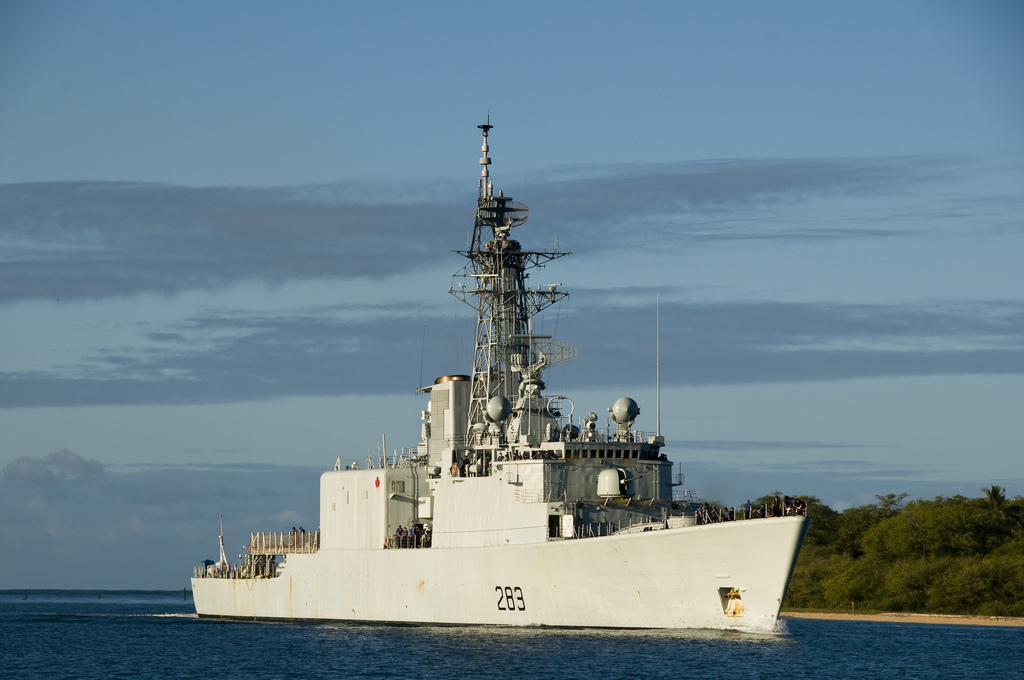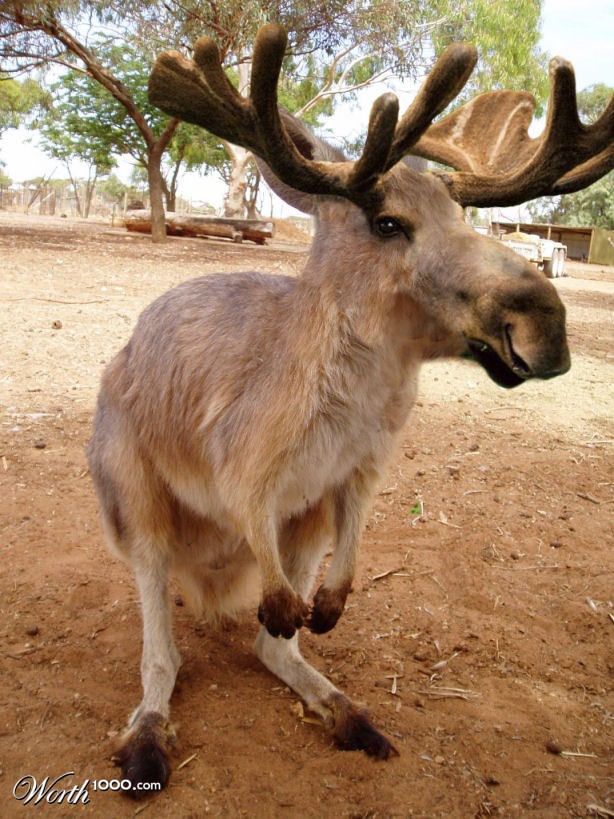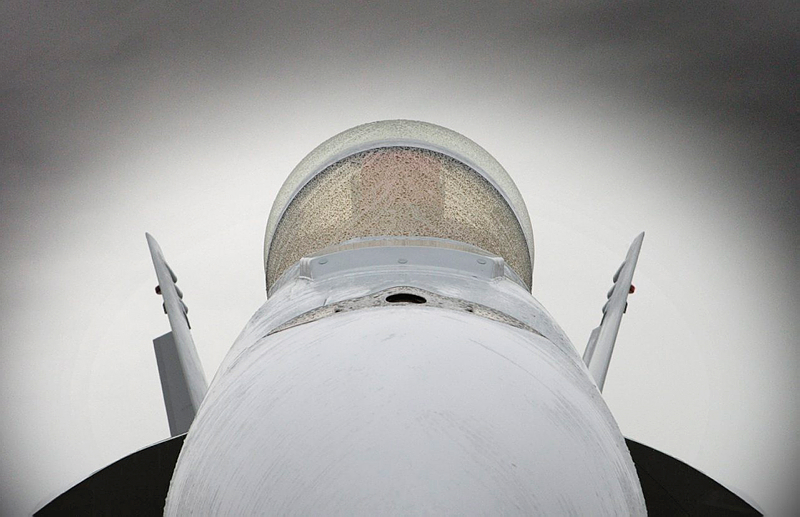The Royal Canadian Navy in the Pacific – a look at capabilities
 Canada could benefit from expanding its military presence in the Asia-Pacific. As I described in a previous Strategist post, the government faces certain budgetary constraints likely to limit the size of its future naval presence and capacity for maritime diplomacy. Yet such a challenge isn’t insurmountable. To ensure sufficient fleet funding, Canada has the option of placing greater priority on the capital portion of the defence budget—even if it comes at the expense of personnel and operations/maintenance spending.
Canada could benefit from expanding its military presence in the Asia-Pacific. As I described in a previous Strategist post, the government faces certain budgetary constraints likely to limit the size of its future naval presence and capacity for maritime diplomacy. Yet such a challenge isn’t insurmountable. To ensure sufficient fleet funding, Canada has the option of placing greater priority on the capital portion of the defence budget—even if it comes at the expense of personnel and operations/maintenance spending.
Such a move would offer Ottawa some leverage to join the ASEAN Defence Ministers Meeting Plus. More importantly, Canada would have a means to help augment America’s naval power in the region, which is expected to be under increasing strain as a result of defence cutbacks—at a time when China is expanding its own naval fleet and showing greater assertiveness in its maritime disputes with its neighbours. Read more



